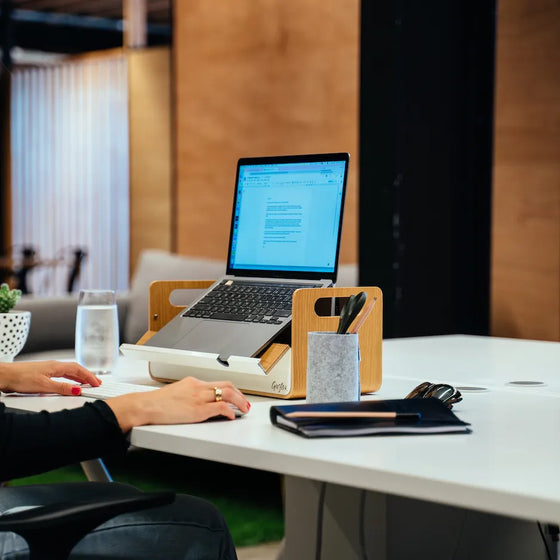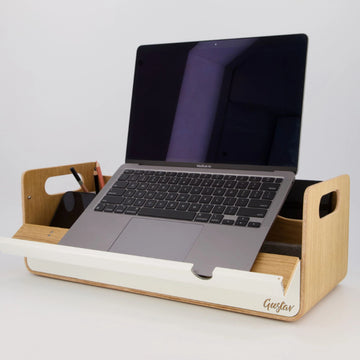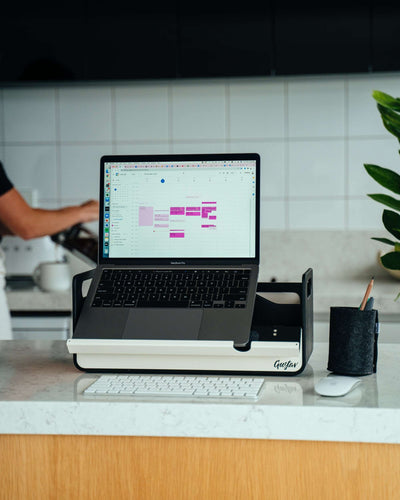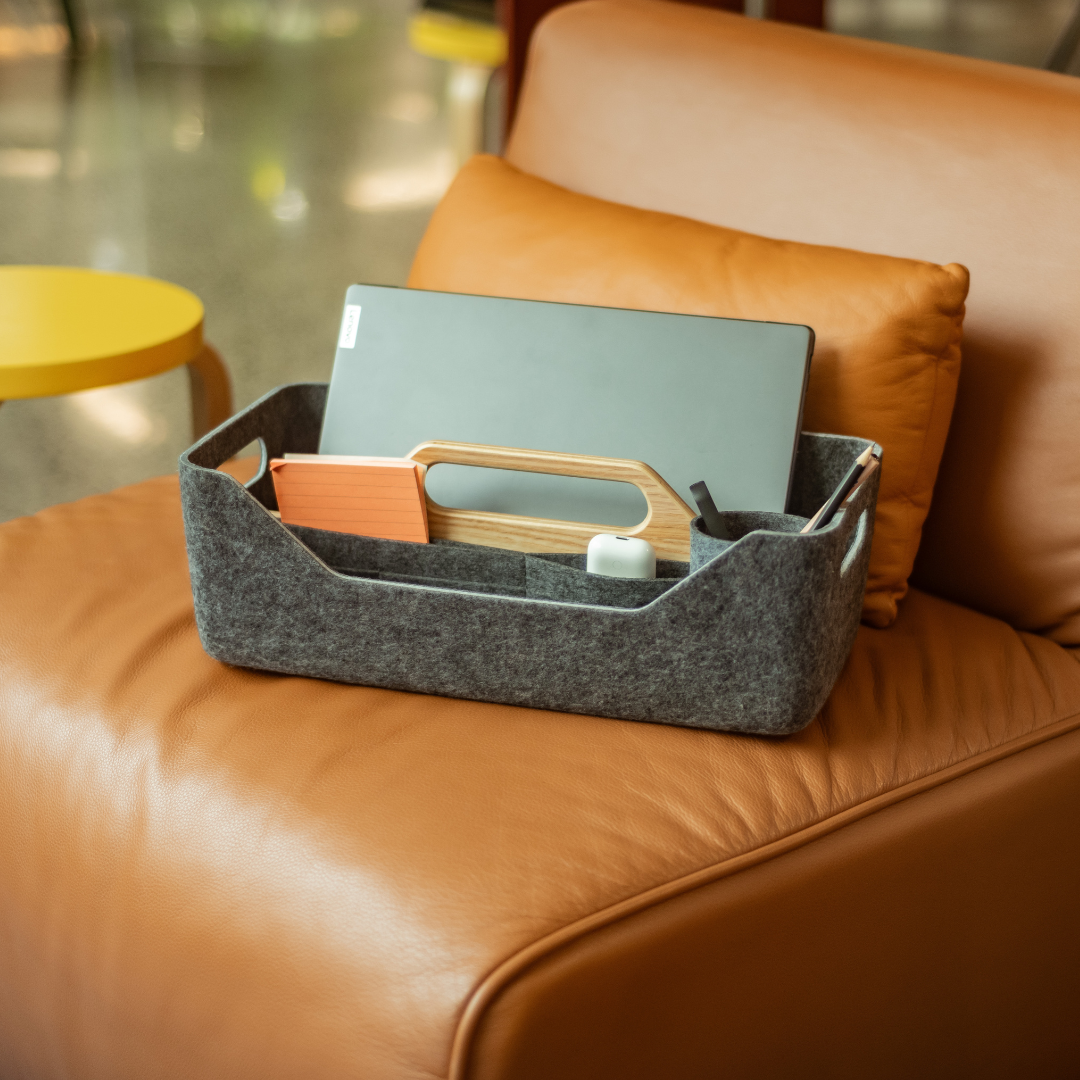The New Way Of Working
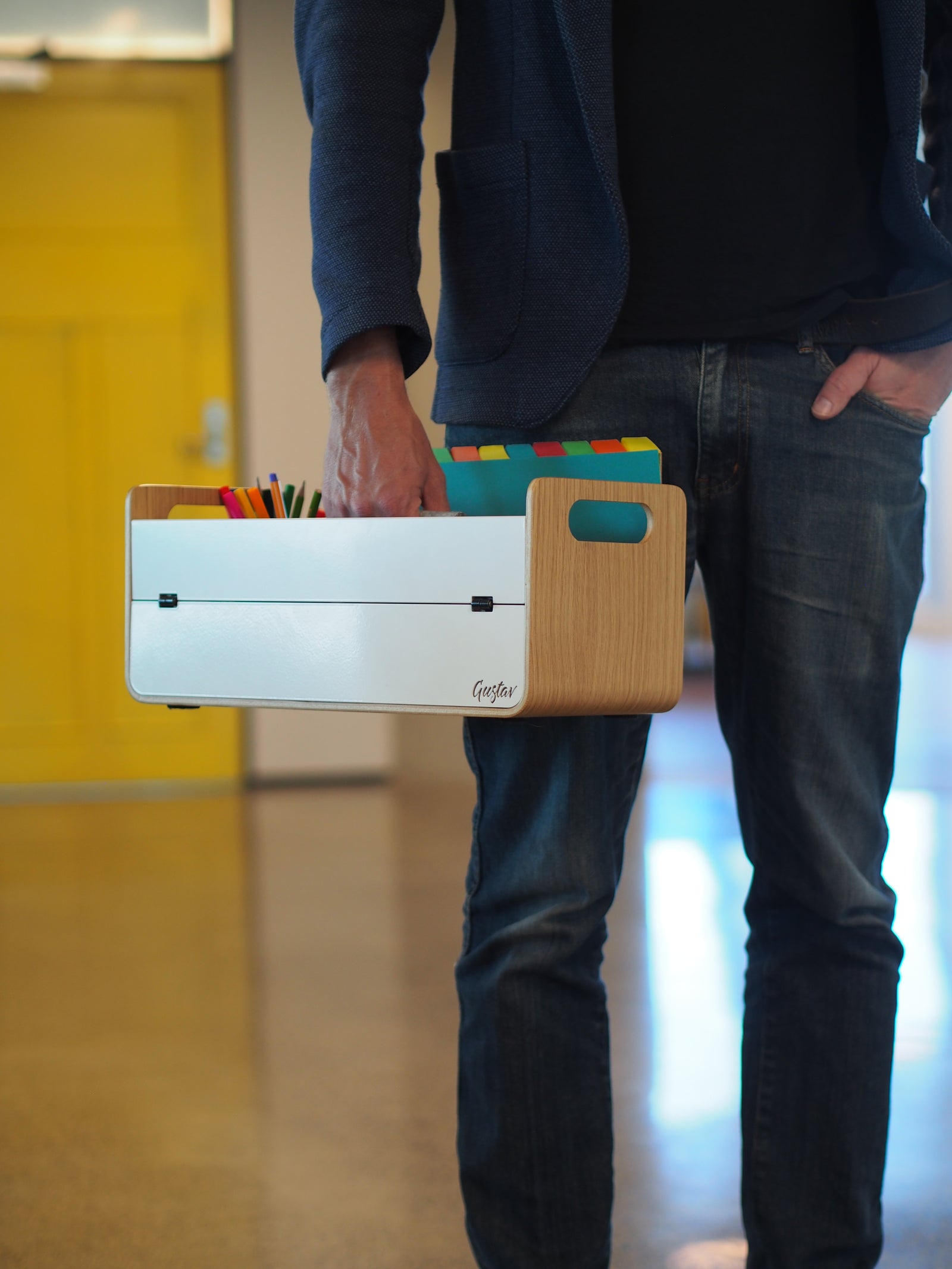
When offices around the world closed in March 2020 as a precautionary measure against a new strain of coronavirus, many workers assumed it would be just a couple of weeks before they were back. Little did we know. In some parts of the world, most notably the U.K. and the U.S, many staff have not returned to their offices after more than a year.
Even as vaccines now offer hope of a return to normal, one thing is clear: the nature of work, and specifically the role of the office, has changed forever.
1) With his background in workplace strategy, Gustav co-founder Christian Pistauer is perfectly placed to offer insight into what to expect from the post-Covid office. Here are the three main changes he expects to see:
2) Here are the three main changes we anticipate from the post-Covid office:
A new appreciation
Rare is the office worker that hasn’t spent a quiet Thursday coffee break staring out of the window and wishing they were elsewhere. But during the pandemic many workers have reported actually missing the office environment. In fact 77% said they missed the energy of the workplace, and 69% reported feeling lost without their usual routine. What’s more, so called ‘Zoom burnout’ became a common complaint, and many employees felt they were less productive as a result of more email and meetings.
While more flexibility and the ability to work from home more frequently have been regulars on the ‘wish-lists’ of white collar workers for years, it seems that few would want to ditch the office all together. Prior to Covid the average worker was spending 4.5 days per week in the office. Post-Covid, the majority have indicated that they would be happiest spending 2-3 days in the office. Crucially, workers will make more active choices about the kind of tasks that they want to do in the office, and which would be better done at home. Activity Based Working models are likely to become the norm in the post-COVID era.
A new look
Staff spending less time in the office would give companies the opportunity to significantly rethink the design and purpose of the office space, while making considerable savings. With more flexible working in place, it is estimated that the average office footprint could reduce by between 20 – 40%. This does not mean that offices will simply become smaller versions of the same spaces, as the function of the office will change significantly as well. Rather than being a place to come and do all one’s work, the main role of the office will be as a collaboration hub. Hybrid’ working will become the norm, with meeting rooms connected to audio visual equipment for video conferencing a necessity.
Individual desks will become increasingly rare as more space is dedicated to bookable meeting rooms and team areas, both formal and informal in nature. Companies will need to think harder about creating a ‘hospitality experience’ in the office, making it a destination to which workers are drawn to go. As well as the aforementioned informal collaboration areas, this will include technology and specialist equipment that facilitates effective working. ‘
A new system
With flexible working certain to become more widespread across the majority of workplaces, managers may well have to be more organised in their approach to overseeing the working patterns of their teams. Whereas pre-COVID an employee may well have taken lieu time, or requested a work-from-home day in a more ad-hoc manner, the smaller office spaces and more widespread nature of flexible working will require a system of more ‘managed flexibility’. Managers will need to be sure that teams who need to collaborate are all in together, while being careful not to overfill office spaces, or end up with too many empty office days. It will be a challenge, though compared to the one faced throughout 2020, it will be a pleasant, and far less daunting one.
In summary, the post-COVID world of work will look different in three key ways:
- Flexible working and work-from-home will be more common, with the average employee spending between 2-3 days in the office.
- The office will become more of a ‘collaboration hub’ with more meeting spaces and less individual desks
- Managed flexibility will be the modus operandi of most teams.


